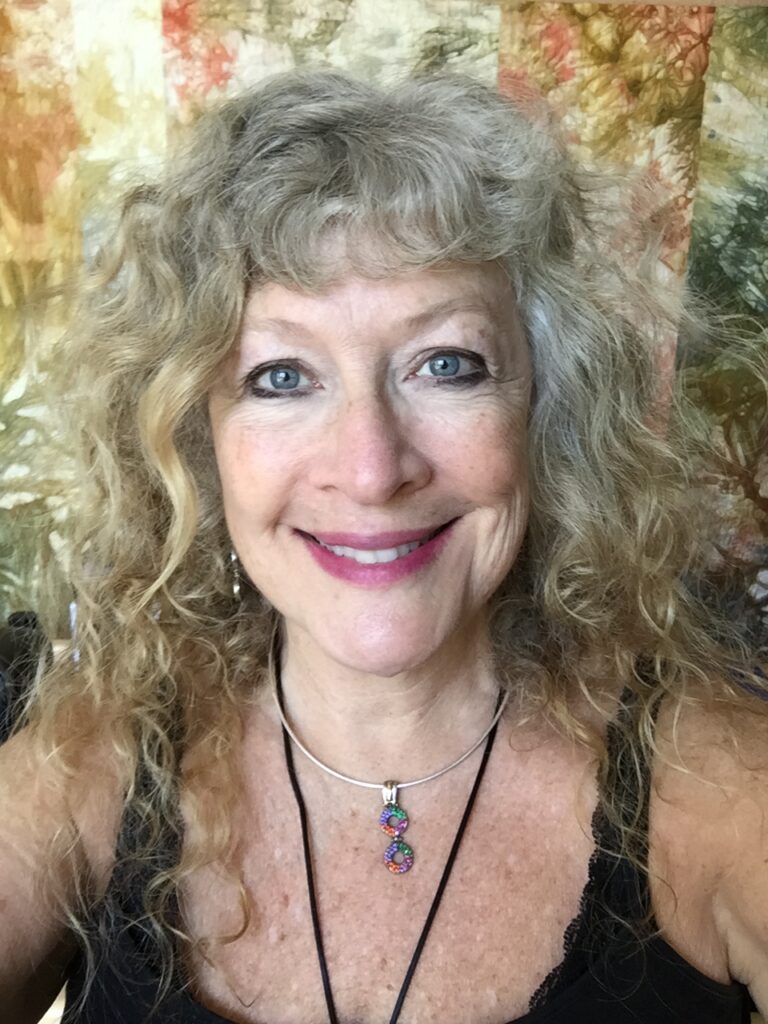Issue #427 – Wednesday, March 27, 2024
Activities of Daily Living in Pilates as Motivation
by Gwen Miller
We all know that Pilates is great cross-training for many activities, that working on balanced muscle development, core strength, mobility and stability are crucial for long-term health of all the joints in the body – including the spine.
All of these things are facts, but they are not necessarily motivational. How can we use Activities of Daily Living (ADLs) as motivation for our clients?
A long-term client fractured her kneecap in a fall several weeks ago. She has always been able to get up and down off of the floor with relative ease by kneeling and then standing using a lunge. Since her injury, she cannot kneel on the affected side, nor generate enough power with the healing leg in front, to stand. So we have to find a new strategy for her. This is important to her for maintaining independence, as she is in her eighties and lives alone. The new strategy we are working on is building the foundational strength for her to use a variation of Seated Twist as a way to rise up from sitting on the floor. This is considered a Super Advanced exercise in my Balanced Body manual, yet my eighty-something client now has the goal of accomplishing it to help her continue to live independently and confidently. Now push-ups and squats are not just exercises to tone the body, but essential for maintaining her independence.
I believe that we need to find out what is most important to our clients, and then relate the exercises or programs to those activities.
It’s about finding their “why” and relating Pilates exercises to functional movements and activities. When we help our clients see how Pilates carries over into their everyday lives, we can help them develop motivation for their personal practices and improve results.
Gwen is the author of Safe Movement for All Spines – A Guide to Spinal Anatomy and How to Work with 21 Spine and Hip Conditions, published by North Atlantic Books and distributed by Penguin, available from multiple booksellers.
As a Principal Educator for Balanced Body® Pilates Education, she enjoys mentoring teachers and developing community amongst movement professionals.
Gwen’s Pilates journey began after she was diagnosed with degenerative disc disease and degenerative joint disease. She had the amazingly good fortune to have contemporary Pilates legend Elizabeth Larkam as her primary teacher and mentor during her time at Balanced Body University.
She remembers, “during my training, it was me and two PTs in the Balanced Body modules at the San Francisco Bay Club. They were on a fast track, and I had not planned to be, but the moment I realized the opportunity I had, to learn how to teach Pilates from Elizabeth, I jumped on the train and never looked back. It was one of the best decisions I have ever made. Elizabeth was very much into post-rehabilitation, and her influence has stayed with me through the years. She was so gracious, when I had passed my Comprehensive exams and started teaching, she mentored me, talking me through how to teach a class, how to walk through and cue, and what to do to best be prepared and not to be nervous. I find great joy in providing the same excellent care and help to my students, honoring the mentoring she provided me by passing it along.”
As a Hendrickson Method® Manual Therapist Gwen combines orthopedic manual therapy with movement to help her clientele achieve and maintain their quality of life. She has coined the term “Integrated Therapy” to describe her blend of modalities.
Her advanced certifications qualify her to work with spinal pathologies, with an emphasis in working with scoliosis. She is a Corrective Holistic Exercise Kinesiologist (CHEK Practitioner 3), Master Scolio-Pilates® Teacher, and is Yoga for Scoliosis® Trainer certified.
Gwen’s current project, The Dynamic Spine: Safe Movement for All Spines (and Hips), is a continuing education curriculum and mentorship based on her book that synthesizes over two decades’ training and experience in working with special populations to educate and empower the next generation of teachers.


